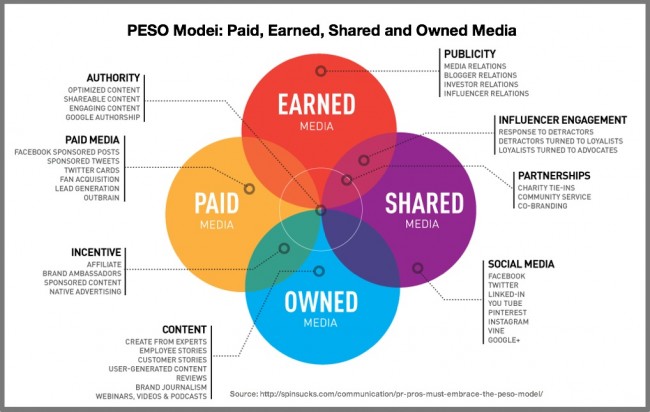The 7 Steps to Inbound Marketing Success: Step 2 Create
The 7-Step Lead Generation process that LeadG2 uses to help clients navigate and embrace an inbound marketing culture is a road map that can be used...
2 min read
 LeadG2
:
December 12, 2016
LeadG2
:
December 12, 2016


If you’re familiar with inbound marketing, you know it is an ideal way to attract the interest of prospects. But the inbound methodology can also be used for PR—to attract the interest of journalists, influencers, and others with audiences you want to reach.
Just like the buyer’s journey has changed, the way PR is conducted has changed. Mass distributing press releases no longer works very well. Journalists, bloggers, and publishers have inboxes overflowing with press releases and pitches.
Outbound PR interrupts. On the other hand, inbound PR attracts the same way inbound marketing works: through content designed for a particular audience with particular needs.
Experienced PR professional and consultant at HubSpot, Iliyana Stareva suggests a helpful strategy for doing PR in the inbound way. Here are the steps to follow:
Just like you need to start with personas when you’re doing inbound marketing, you need to start with personas for inbound PR. But instead of building personas for your buyers, you need to build personas for the groups of people you’re going to be targeting with your PR efforts: journalists who write about your focus topic, influencers who have an audience you want to reach, bloggers in your target niche, etc.
And just like you shouldn’t rely on guesswork to build your buyer personas, you should take the time to research your PR personas. What does a day in their life look like? Where do they hang out? How do they go about doing research when preparing to write a story or an article?
What steps does each persona go through from start to finish? From coming up with a story idea, to finding sources, to researching the story, to writing, to publication, to promotion.
What do your target PR personas need? What can you help them with? Can you provide them with the research they need? Can you serve as an expert source? Would they appreciate visuals like infographics to share with their audience? How can you make it easy for them to find what they’re looking for? When you start to think about THEIR needs rather than YOUR needs, you will start to see traction. Consider what your target personas need at each stage of their journey.
Where do your targets go to do research? Where do they hang out? A helpful promotion model to reference is the Spinsucks' PESO model, pictured below.

Identify specific PR prospects and then connect with them on social media and begin interacting with them. Here are a few tips:
Your PR leads should be nurtured. A reporter or blogger may not need you as a source today, but may be writing a story that’s perfect for your in a month or two. You’ll need to be top-of-mind when they’re ready. Stay focused on their needs and interests, rather than your own, and you’ll have greater success with your PR lead nurturing.
Inbound PR is trackable. You can measure the results of your content strategy and outreach. Track what works and what doesn’t. Make adjustments as you go, for continual improvement.
PR is still one of the best ways to get new business leads. And with an inbound approach, you’re much more likely to capture the attention of the media.
The 7-Step Lead Generation process that LeadG2 uses to help clients navigate and embrace an inbound marketing culture is a road map that can be used...

As an inbound marketing consultant, I have the pleasure of working each day with companies across a variety of industries to create and improve...

What was the last truly great movie that you saw? Whichever film springs to mind first, whether it was thrilling, moving, horrifying, or...